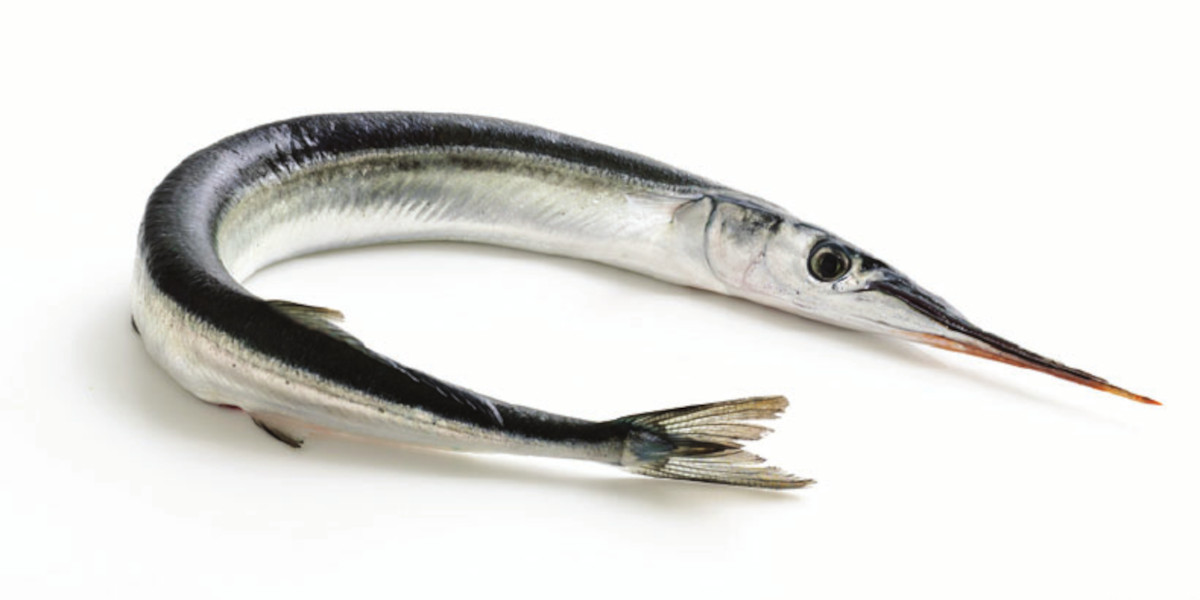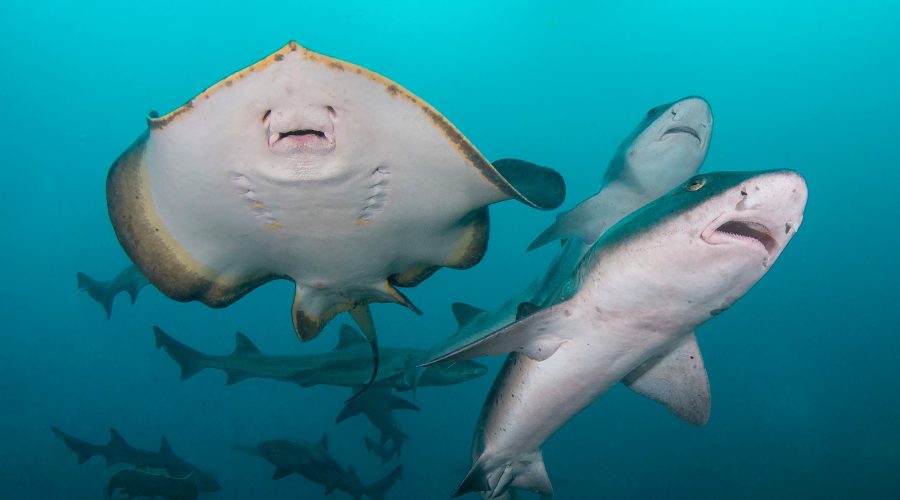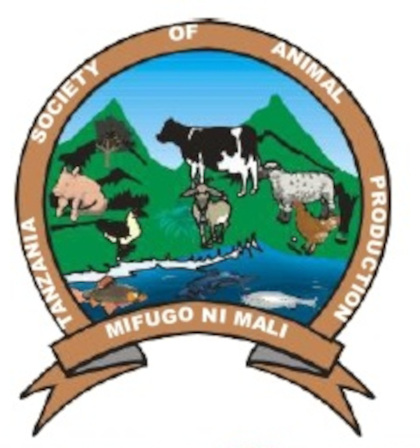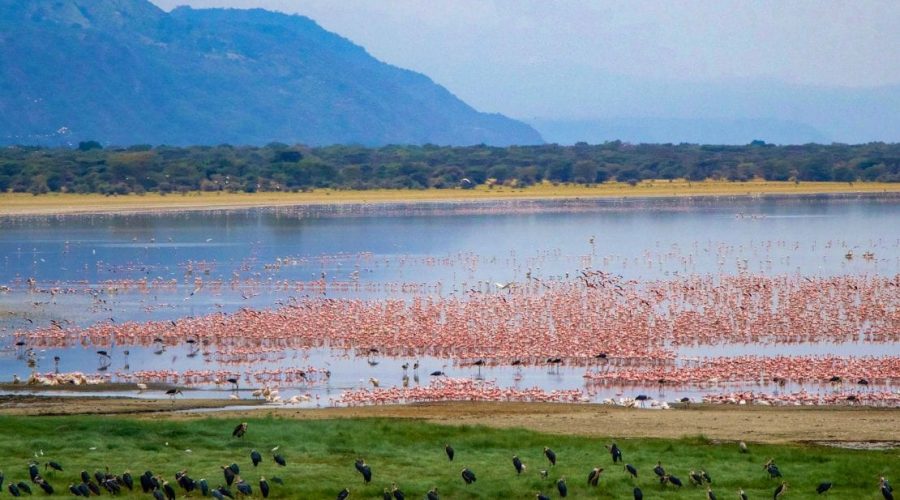The hound needlefish (Tylosurus crocodilus) belongs to the family Belonidae and is found in various coastal regions around the world, including the Tanzanian coastal waters. Population genetics studies have indicated high connectivity among hound needlefish populations in Tanzanian coastal waters.
The hound needlefish Tylosurus crocodilus (Belonidae) is a highly demanded fish in the local markets of Tanzania, but the growing coastal population threatens its sustainability. As belonids are highly migratory fishes utilising various parts of the seascape, increased fishing pressure may disrupt connectivity patterns on different spatiotemporal scales and disaggregate populations. Using the COI gene, this study assessed the genetic population structure, connectivity patterns, and historical demography of T. crocodilus collected in seven sites spread along Tanzanian coastal waters. Results showed fourteen haplotypes with low overall nucleotide and haplotype diversity. Pairwise FST comparisons revealed no significant differences among the sampled sites, except for the northernmost site (Tanga) and an island in the south (Songosongo).
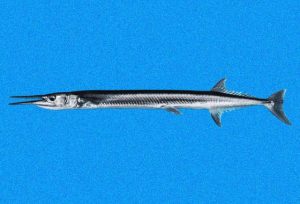 Analysis of molecular variance (AMOVA) revealed a non-significant genetic structure among populations (FST = 0.01782), suggesting the fishery across Tanzanian waters exploits the same population. Moreover, there was no correlative relationship between genetic and pairwise geographic distances, rejecting the isolation by distance hypothesis. However, neutrality tests and mismatch distribution analysis revealed that recent demographic expansion might exist. Empirical evidence of panmixia suggests high genetic connectivity. In combination with low genetic diversity, management should be directed to actions that prevent genetic diversity loss and the effect of genetic drift on populations.
Analysis of molecular variance (AMOVA) revealed a non-significant genetic structure among populations (FST = 0.01782), suggesting the fishery across Tanzanian waters exploits the same population. Moreover, there was no correlative relationship between genetic and pairwise geographic distances, rejecting the isolation by distance hypothesis. However, neutrality tests and mismatch distribution analysis revealed that recent demographic expansion might exist. Empirical evidence of panmixia suggests high genetic connectivity. In combination with low genetic diversity, management should be directed to actions that prevent genetic diversity loss and the effect of genetic drift on populations.
Connectivity in population genetics refers to the exchange of individuals, genes, or genetic material between different subpopulations within a species. High connectivity suggests that there is a relatively free movement of individuals and genetic exchange between different populations, leading to a more genetically homogeneous population. The findings of population genetics studies can provide valuable insights into the ecology, conservation, and management of species. Understanding the connectivity patterns of the hound needlefish in Tanzanian coastal waters can help inform conservation efforts and ensure the sustainable management of this species and its habitat.
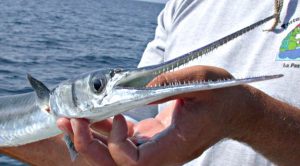
For more details: Click here
Mgeleka, S.S., Silas, M.O., Mtonga, M., Rumisha, C., Viinamäki, E., Polte, P., Sköld, M., Winder M. and Gullström, M. (2023). Population genetics of the hound needlefish Tylosurus crocodilus (Belonidae) indicate high connectivity in Tanzanian coastal waters. Marine Biology Research. https://doi.org/10.1080/17451000.2023.2224026
The Department of Animal, Aquaculture, and Range Sciences
The College of Agriculture, Sokoine University of Agriculture
Share this page

